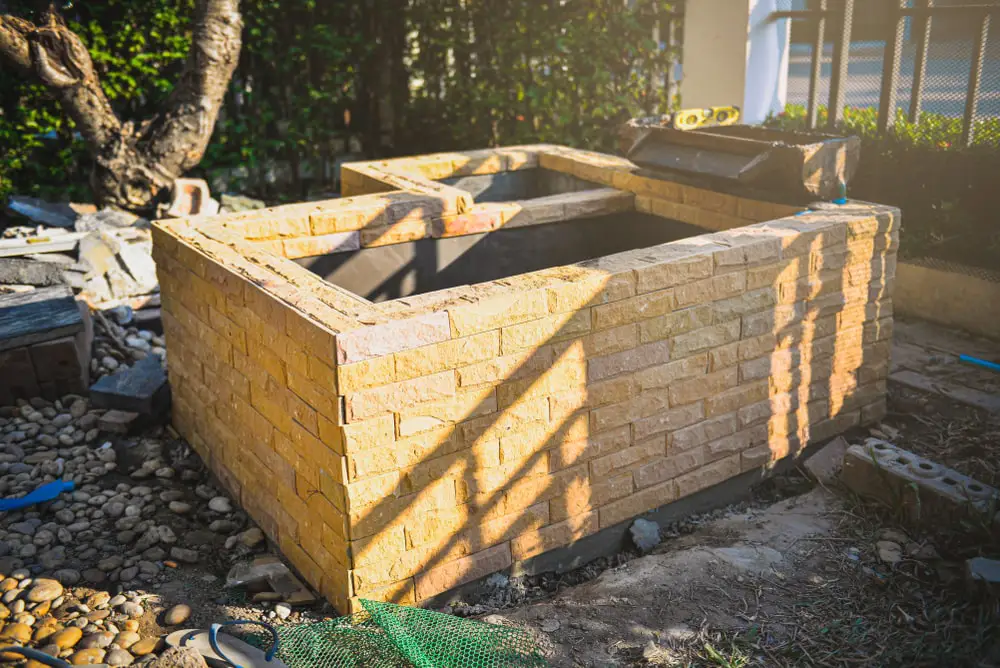.webp)
Last Updated June 27, 2023
A koi pond is a great feature if you want a beautiful, natural setting to enjoy wildlife in your backyard. The addition of a waterfall adds the tranquil sound of falling water to your garden, making the space a true oasis you can retreat to after a long, hectic day.
The benefits of a koi pond surely comprise the reasons you want to install one. However, before you start digging, you need to understand the reality of installing a pond and maintaining healthy fish. As you’ll quickly learn, it’s not as simple as digging a hole in the ground, filling it with water, and dumping koi fish in.
Table of Contents:
Koi Pond Installation

Choosing a location for your koi pond is important. You need enough space to dig three feet deep without hitting any underground infrastructure. The soil must also be stable enough to support the weight of a pond. The location you choose should receive around four hours of sunlight per day and not be located too close to any trees. A thick, flexible rubber liner is a must to keep the water contained, and you’ll need a pump as well to filter fish waste and other particle matter from the water.
The koi pond installation process is quite complex and affects the beauty of your water feature and how long your fish live. For this reason, you may want to hire a professional landscape designer to plan and install your koi pond for you
Fish Care

You should receive your koi in individual bags. To ensure the least traumatic introduction to your pond, first make sure the water has the right pH, ammonia, and nitrite levels to support fish. The pH level should be around 7.5, and ammonia and nitrite levels should be zero.
You also need to transition the fish gradually, first placing their sealed bags in the pond and letting them float for 30 minutes to equalize the temperature. After adding a small amount of pond water into their bags over a 10-minute period, you can finally release the fish into the pond.
If you’re adding new fish to a few koi already living in your pond, you’ll need to quarantine the new fish for the first three weeks. This prevents them from introducing diseases or parasites into the pond and harming your existing fish.
Winter is the most challenging time for koi pond owners. If you live in a temperate climate where sub-freezing temperatures are rare, you should be able to leave your fish outside all year round. Stop feeding them when the water temperature drops below 50 degrees and let them enter a state of hibernation.
If you live in a cold climate, you can use a pond heater to prevent the water from freezing over. Another option is to transfer your koi to a kiddie pool placed in your garage or basement until the temperature warms again in the spring.
Koi Pond Maintenance
.webp)
Ongoing maintenance is the biggest responsibility associated with backyard koi ponds. Be prepared to continually clean up fallen leaves and other debris that could contaminate your pond. Regularly inspect and clean the pond filter and repair it immediately if it breaks down. Filtration and aeration should help with pest problems. Regular water pH testing and adjustments (once a week for the first few months and twice a month after that) keep your fish healthy.
Aquatic Maintenance Services for Your Home or Business
If you decide to install a koi pond at your home or business, let The Grounds Guys® help. Then turn to us for commercial and residential aquatic maintenance services down the road to keep algae, aquatic weeds, bad odors, and murky water at bay. Contact us today to request an estimate!
For Further Reading: